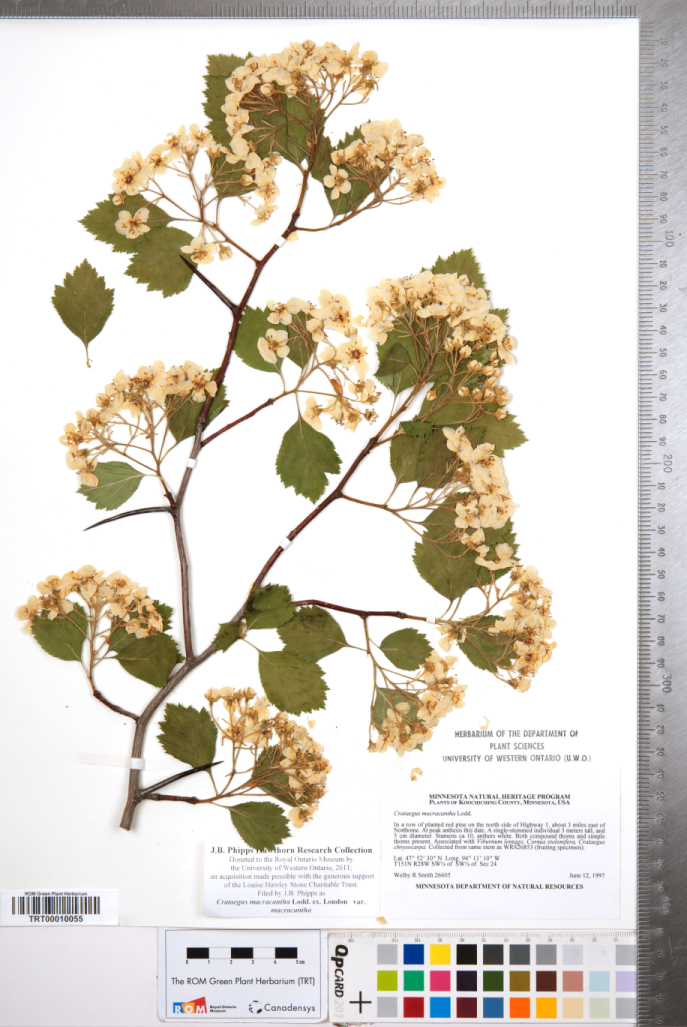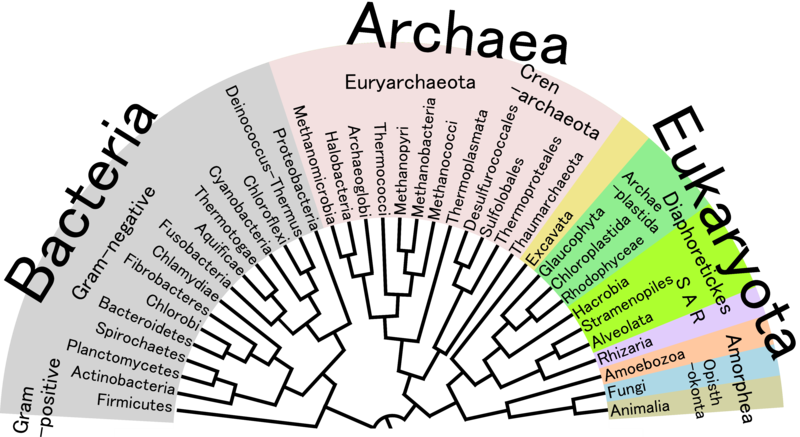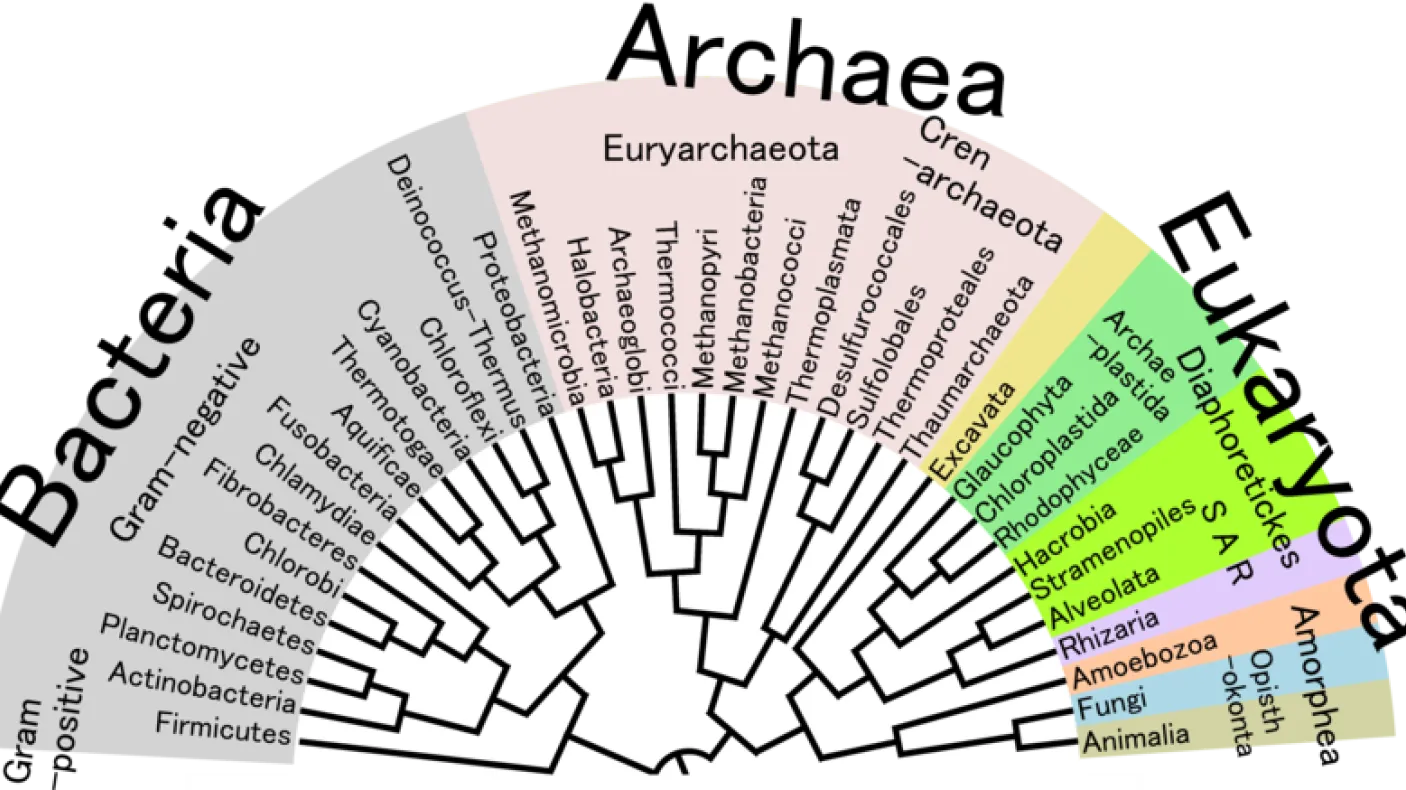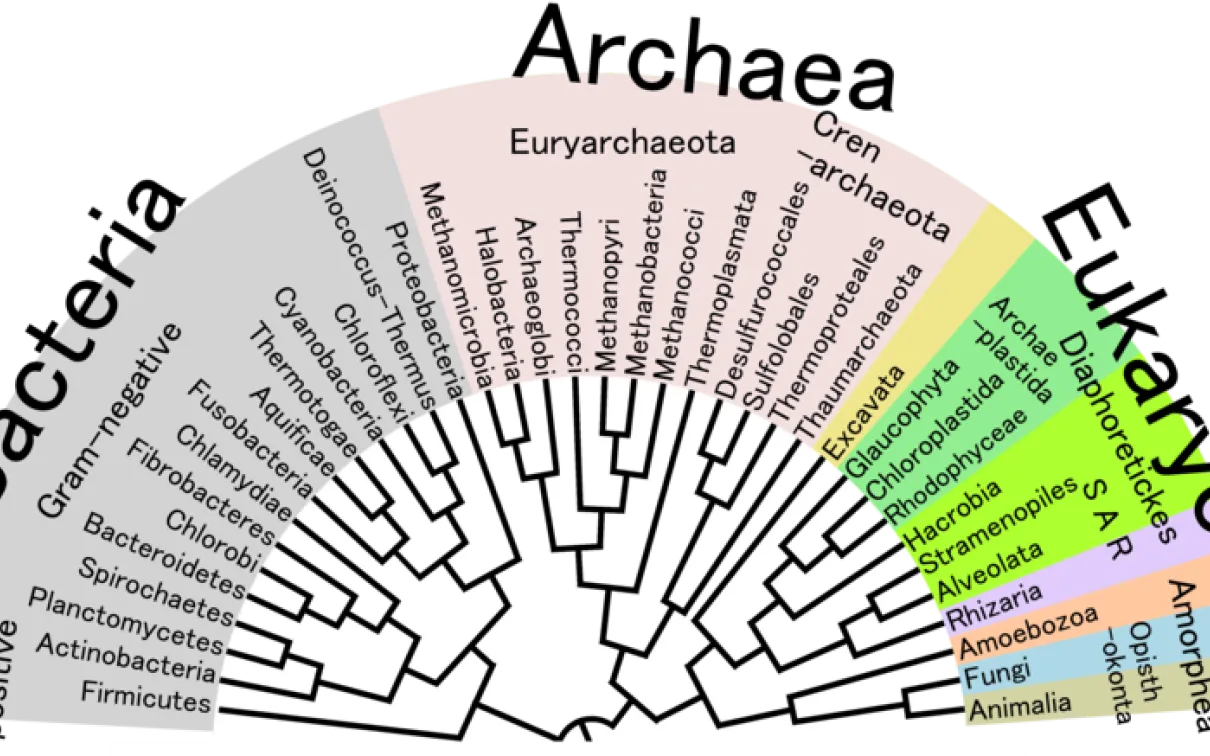The Rules of Taxonomy: How Species Are Named
Published
Categories
Blog Post
Why should ROM curators care about a proposal to create an organization that would make rules for how species of living things are named?
Naming the things around us is a fundamental part of being human and using language. In fact, we do more than that; we bring order to the plethora of names by organizing them, classifying them into different kinds. Think of a cookbook: the author lists different implements (spoons, knives, eggbeaters, bowls, pans, etc.). They describe different processes (stirring, kneading, beating, baking, cutting, frying, and so on). The recipes themselves are often listed according to their ingredients (vegetables, fruits, meat, seafood, mushrooms).
A museum like the ROM embodies a classification of the things that it collects and displays: human artifacts from different cultures, ancient and modern; specimens from the natural world, rocks, minerals, plants, animals, and fungi. The ROM curators responsible for these collections are experts in particular scientific disciplines that they use to collect and identify new artifacts and specimens, and place them where they belong in the collections.

In the natural sciences the curators are actually doing at least two things: they are organizing the collections, and they are refining the systems according to which the objects in the collections are arranged. This is an exciting thing to do, because the organizing principle throughout the museum is one of history, the history of how things got the way they are. This may mean the history of human cultures, or the history of technologies. With the organisms that the ROM collects, the plants, animals, and fungi both living and fossilized, the history is the history of how life has evolved on earth.
The ROM curators who study plants, animals, and fungi are all taxonomists as well as biologists. This means that they take responsibility not only for arranging the collections, but also for studying the evolutionary history of the organisms represented in their collections. Over the past century biologists have discovered that evolutionary histories can be discovered in the DNA sequences of organisms and, as a result, we can build a family tree for all of life, just as people make family trees to show who their ancestors were. This is an oversimplification, but it’s nevertheless true enough in general. The analogy breaks down because humans represent only a single species. The ROM’s collections of living and fossil organisms represent hundreds of thousands, if not millions of different species. This is the world’s biodiversity that we speak of so often, the conservation of which we try to encourage in galleries like the ROM’s Life in Crisis: Schad Gallery of Biodiversity.
Biodiversity conservation depends on accurate, scientifically sound classification (in other words, a system for naming organisms). Without such a classification we are unable to describe the species richness of tropical rainforests, for example, and compare that with the species poverty of the forests of northern Canada. Without such a classification, we can’t appreciate the loss of species that occurs when tropical rainforests are converted to oil palm plantations. Likewise, without such a classification, we can’t comprehend how few species are adapted to living in northern Canada, and how they may be affected by global climate change. Without such a classification we can’t identify which species are at risk of extinction in Ontario as a result of urbanization or environmental pollution.
Biologists are almost universally in agreement that the best way of classifying living things is in a way that reflects the history of their evolution, in other words, the phylogeny of life. According to this way of thinking, names of groups of species should reflect the way in which such groups represent branches on the tree of life. In the diagram below all green plants (e.g. green algae, mosses and liverworts, ferns, conifers and cycads, and the flowering plants) are subsumed under the twenty-five dollar name, “Chloroplastida,” or organisms-with-chlorophyll b-containing-photosynthetic-organelles.

Working out phylogenetic classifications of all organisms is not an easy task, nor is it a task that is anywhere near completion yet. Taxonomists like the life science curators at the ROM typically are concerned with just one or a few smallish groups that might comprise mere tens, hundreds, or thousands of species (as against the billions of species that are estimated to exist today). In addition to DNA sequences, if these can be obtained, taxonomists often use many other sources of data. The external and internal structure (the morphology, in other words) of their study organisms is also important, not least because it provides a means by which individual kinds of organisms can be distinguished (plants, animals, and fungi) and their species recognized (tree sparrows, field sparrows, grasshopper sparrows, white-throated sparrows, etc.). As the names of these birds suggests, the ecology and behavior of species may also be important for understanding why they should be seen as different from one another. Animal taxonomists have often embraced what’s called “the biological species concept,” which says, simplified, that to be recognized as a distinct species a group of organisms should be unable to breed successfully with other species. This definition may not be very workable for other kinds of organisms. For example, we know that plant species often cross, sometimes even giving rise to new groups of species as a result of doing so. In other groups, knowing whether or not hybridization can or cannot occur may not be possible.
Why should ROM curators care about a proposal to create an organization that would make rules for how species of living things are named? What I’ve tried to hint at is that taxonomy is an example of scientific enquiry that observes nature, derives hypotheses about nature (e.g. what is, or is not, a species), and then tests those hypotheses with new data. Results of this kind of research are published after evaluation by peer reviewers, and the scientific community then either uses or doesn’t use the author’s proposed taxonomy. Making rules outside the scientific process that would say what can or cannot be a species, as has been proposed by two Australian ornithologists, Taxonomy anarchy hampers conservation, would inhibit the scientific process. Opponents of their point of view, myself included, have argued in an article published March 14, 2018, Taxonomy based on science is necessary for global conservation, in the online journal PLoS Biology, that because species are not fixed entities, but rather living, evolving groups of organisms, the species definition process must remain flexible and open to incorporating new data to be as precise as possible.
As one colleague, a co-author of the PLoS Biology paper, put it, “Imagine if someone recommended that we establish a new governing body whose job it was to assess whether the works of artists were actually art. We taxonomists would argue that it would be absurd to think that something qualifies as art only if so recognized by some small group of persons. Just as it is up to the audience of art users to decide the artistic value of a given artistic endeavour, it is up the scientific community as a whole to determine (via the scientific method) whether an act of taxonomy does or does not have merit.”
You can read more about this topic in the University of Toronto in the article Leave taxonomy to the taxonomists and biologists: Q & A with Nathan Lujan. Nathan is a ROM colleague, and another co-author of the PLoS Biology paper. He is a Canada Department of Fisheries and Oceans postdoc, Biology Department, University of Toronto Scarborough, and was previously an NSF International Research Fellow at the Royal Ontario Museum.
Tim Dickinson
Senior Curator Emeritus, Natural History (Botany), Royal Ontario Museum and Adjunct Professor, Ecology and Evolutionary Biology, University of Toronto
Learn about the ROM's Green Plant Herbarium . The Green Plant Herbarium is located in the ROM’s Louise Hawley Stone Curatorial Centre. Compact storage of the collection has provided space for herbarium staff and visitors to study and work with specimens, as well as to accommodate a substantial portion of the ROM Library’s collection of botanical books and journals.



